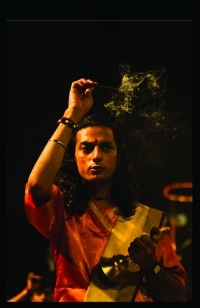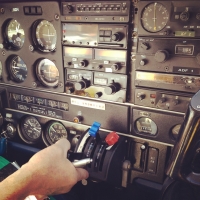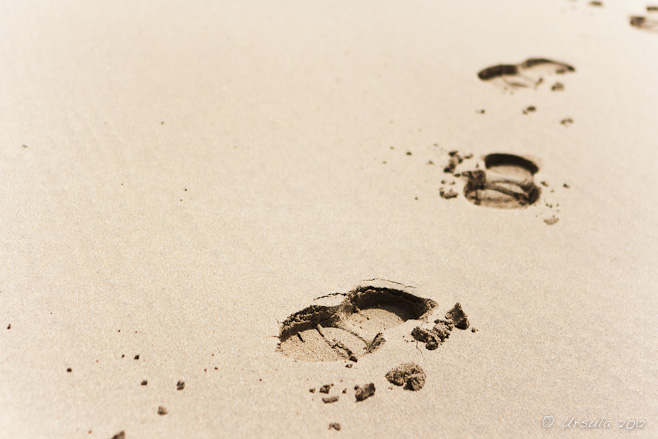
Castlegregory Beach
One of Ireland’s longest beaches: from Cloghane Village to the Maharees and Castlegregory.
Rain.
It was day nine of our walk around the Dingle Peninsula last June, and once again we woke up to rain.
Soft, misty, Irish rain – but coat-soaking, bone-chilling, camera-splattering rain even so. Not my idea of beach weather! My walking boots were still wet from crossing bogs the day before, so the overcast skies had me feeling less than cheerful.
According to our trip notes, we were up for a 29 kilometre walk, with 11 kilometres of it (or 11 miles – depending on whom you believe) along Castlegregory Beach. In the rain.
Day 9: Cloghane to Castlegregory
Distance: 29 km/18 miles, Ascent: 40m/120 ft
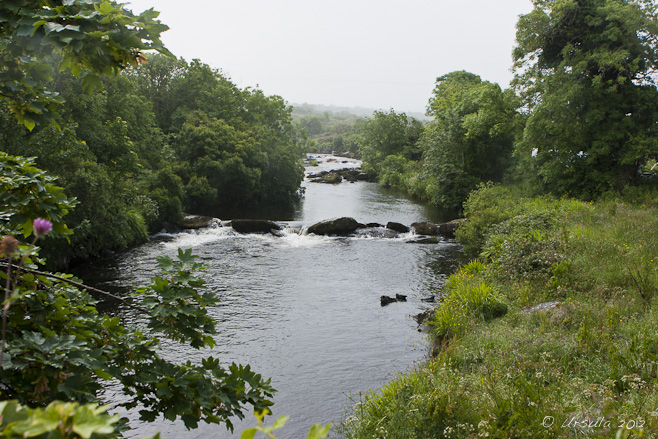
River Owenmore
Everything was fresh – and wet – as we set out on our walk from Cloghane, Ireland.
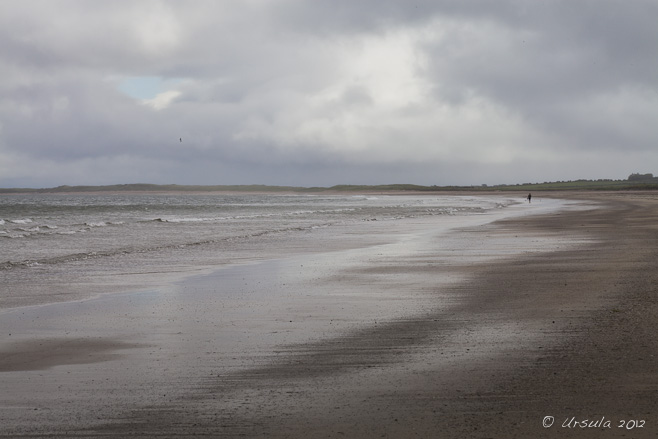
Castlegregory Beach
One small patch of blue beckons us as we start our traverse along the beach skirting Brandon Bay.

Textures
Wind whips up the wet sand over the creatures stranded by the last high tide.

Castlegregory Beach
Two hours into our walk, the skies start to clear, lifting our moods, and completely changing the colour of the landscape.

Gull Taking Off

Seagulls Wading
Large European Herring Gulls (Larus argentatus) congregated in groups at the water’s edge.

Seagull in Flight

Seagulls in the Surf
A Lesser Black-backed Gull (Larus fuscus) wades at the water’s edge.

Sand Dunes
A lot of our walk was past dunes covered in hardy marram grass.

A Tuft of Grass
European Marram Grass or Beachgrass (Ammophila arenaria) clings to the windy sand-scape.

Nature’s Still-Life: Pebble Drift

As we approach the north end of the beach, black clouds roll in …

… slanting the light low over the dunes …

Windsurfer
… and darkening the skies over the hamlet of Fahamore (An Faiche Mór or “the large green”).

Oystercatchers
Eurasian Oystercatchers (Haematopus ostralegus) are meant to be common in this area; these were the first we saw.

Body Surfers
Young people in their wetsuits seem unconcerned about the incoming clouds.
Once we reached the little hamlet of Fahamore (An Faiche Mór) at the north end of Brandon Bay, we took a break at the charming – and apparently “famous” – Spillane’s Bar & Restaurant. We were more than ready for a late lunch and early libation: there is nothing like a little stroll in the sea air to sharpen the appetite!
The next stretch of walking took us across Scraggane Bay, then back south along Tralee Bay towards Castlegregory.

Pied Wagtail (Motacilla alba yarrellii)

Boats on Scraggane Bay
A small fleet of fishing boats, netting European lobster, spiny lobster or crayfish, spider crab, edible crab, and Atlantic salmon, keeps this area alive.

Rusty Cart
The other economic mainstay is farming: mostly root vegetables, which love the sandy soil.

A young bull watches us pass.

Like a Commercial!
It must be dinner time: the horse seems to be racing the car across the Maharees Peninsula.

Kilshannig Graveyard
The crumbling graveyard at Kilshannig includes an ancient (seventh century) cross slab.

Rocky Coast
The beach on the east of the Maharees Peninsula, along Tralee Bay, is covered in sharp rocks.

Fish Traps
Traps for lobster or crayfish are scattered around Tralee Bay.

The overcast had lowered again and the skies were almost dark by the time we stumbled into Castlegregory, our home for the night.
It had been, as our trip-notes had promised, a “long but not a demanding day”: a wonderful walk with some great scenery.
So, I was happy: my camera chips were full… and my boots were finally dry.
Sláinte!
Pictures: 27June2012


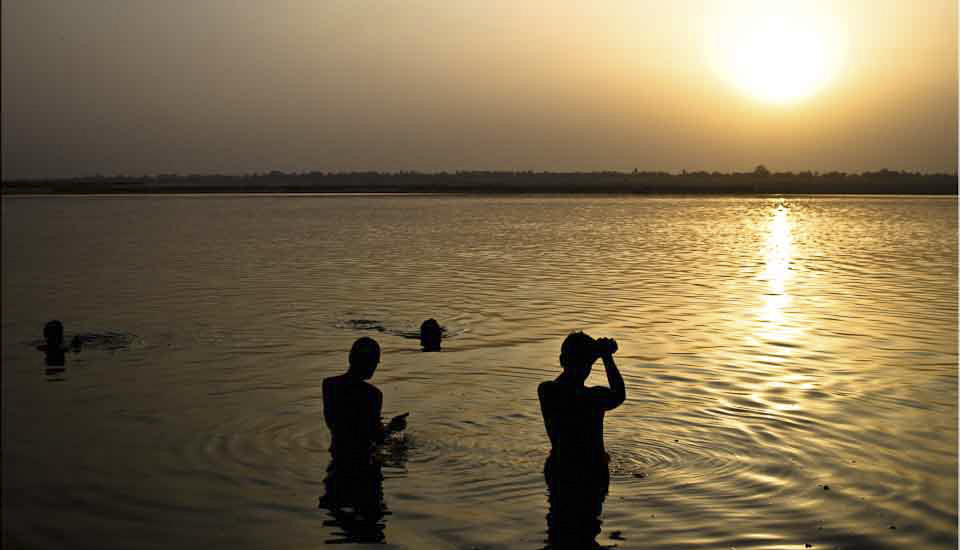


























.png)
